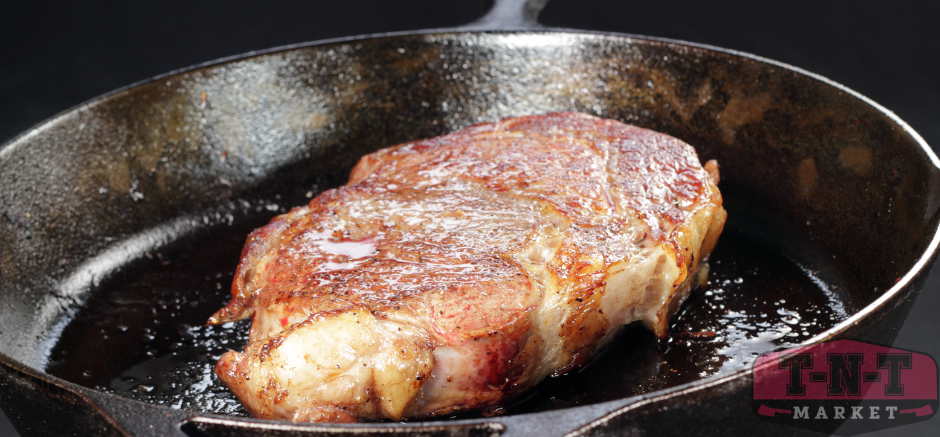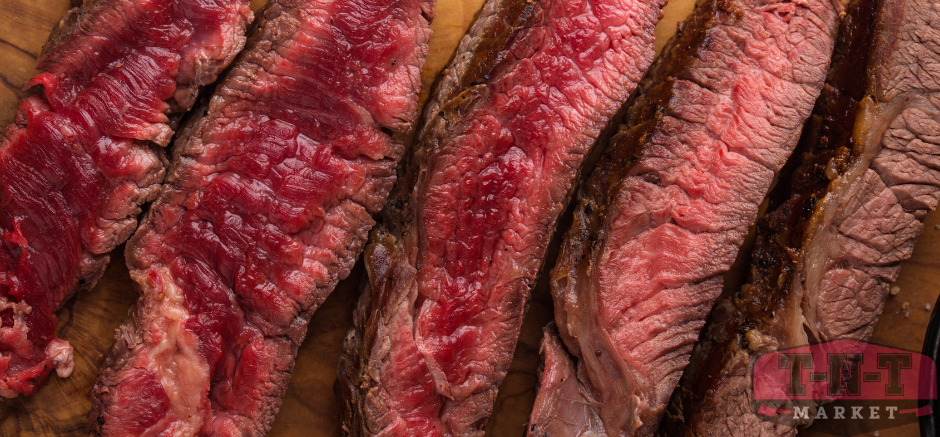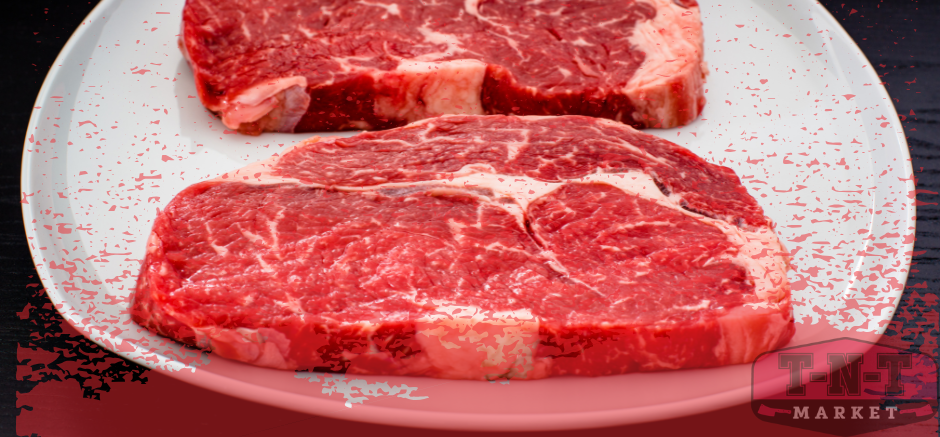10 Myths About Cooking Meat That Even Your Grandma Believes
- Kerri Lister
- Oct 15, 2024
- 4 min read
When it comes to cooking meat, we all think we know a thing or two. After all, whether it's the family BBQ master or your grandma who swears by her "never-fail" method, everyone seems to have their own "secrets." But just because a cooking technique has been passed down for generations doesn’t mean it’s actually... right.
Let’s debunk some of the most common meat-cooking myths that even your grandma might still believe. Spoiler alert: You’ll probably want to update your recipe book after this one!
1. Myth: Searing Meat Locks in the Juices
This one has been around forever. The idea is that searing the surface of meat forms a magical "seal" that keeps all the juices trapped inside. While searing does give you a nice, flavorful crust, it doesn’t actually lock in moisture. Juices will still escape during the cooking process, no matter how hot your pan is.

Reality check: Sear for flavor, not moisture! Searing caramelizes the meat’s surface, adding depth to the taste. But if you want juicy meat, focus on not overcooking it instead.
2. Myth: Only Flip Your Steak Once
Ah, the "One Flip Rule." For some reason, people act like flipping your steak more than once will cause the BBQ police to come after you. The truth is, there’s no harm in flipping your steak multiple times—it might even help it cook more evenly.
Reality check: Flip your steak as often as you like. The key is not how many times you flip but getting an even cook and keeping an eye on internal temperature.
3. Myth: Always Cook Meat Well-Done for Safety
Raise your hand if you’ve heard someone say, “I only eat meat if it’s well-done—it’s safer that way!” While it's important to cook certain meats to safe temperatures, cooking a steak until it's dry and chewy doesn’t make it any safer. In fact, overcooking can rob the meat of its flavor and tenderness.

Reality check: Ground meats, chicken, and pork should be cooked to their safe internal temperatures, but steak can be safely eaten medium-rare or medium. Invest in a meat thermometer to make sure you're cooking to the right temps, not guessing based on color alone.
4. Myth: Pork Needs to Be Cooked Until It’s Bone-Dry
Speaking of well-done, pork used to have a bad rep. For years, people thought pork had to be cooked until it resembled shoe leather to avoid getting sick. Luckily, today’s pork is much safer, and overcooking it is unnecessary.
Reality check: Modern pork can be safely enjoyed at 145°F with a slight pink center. Say goodbye to the days of pork jerky at the dinner table!
5. Myth: Let Meat Come to Room Temperature Before Cooking
We’ve all heard that letting meat sit out before cooking makes it cook more evenly. While that sounds nice in theory, the difference between cooking meat cold from the fridge vs. letting it "warm up" is minimal at best—plus, you risk leaving it out too long.
Reality check: Feel free to cook your meat straight from the fridge. Any temperature differences are minimal and won’t mess up your cook, especially with smaller cuts like steaks or chops.
6. Myth: You Can Tell a Steak’s Doneness by Poking It
You might have seen BBQ pros poking a steak and claiming they can tell if it’s rare, medium, or well-done just by feel. While this method might work for a seasoned chef, it’s not foolproof.
Reality check: Ditch the poke test and use a thermometer. Cooking meat to the proper internal temperature is the best way to get it just right.
7. Myth: Marinating Meat Tenderizes It
Sure, marinating adds flavor, but if you’re using it to try and tenderize tough meat, you’re barking up the wrong tree. Marinades don't penetrate very far into the meat, so they won’t really tenderize it the way slow cooking or proper butchery techniques can.
Reality check: If tender meat is your goal, use a slow-cooking method or choose high-quality cuts like those from T-N-T Market. Save your marinades for flavor, not tenderness.
8. Myth: Salt Dries Out Meat
There’s a rumor that adding salt to meat before cooking pulls out the moisture and dries it out. While salt does draw out moisture when used in large quantities for long periods (like in curing), salting your meat before cooking actually helps with flavor and juiciness.
Reality check: Don’t be afraid to season your meat with salt! Salt helps enhance flavor and can even help the meat retain more moisture during cooking.
9. Myth: The Red Juice in Meat Is Blood
One of the biggest myths that makes people squeamish is the idea that the red liquid in meat is blood. In reality, most of the blood is drained from meat during processing. The red
liquid you see is actually a mixture of water and myoglobin, a protein found in muscle tissue.

Reality check: That red stuff isn't blood—it's totally safe and normal. Embrace it! It means your meat is juicy and delicious.
10. Myth: You Should Never Cook Frozen Meat
Many people think that cooking frozen meat is a huge no-no, but that’s not always true. Sure, it might take longer to cook, but it’s perfectly safe to cook meat straight from the freezer if needed.
Reality check: If you forget to defrost your meat (hey, it happens to the best of us), don’t panic. You can cook it straight from the freezer—just be sure to adjust the cooking time accordingly.
Time to Break the Myths
Now that we’ve busted these myths, it’s time to fire up your grill, oven, or stovetop with confidence! Whether you're cooking beef, lamb, pork, or chicken, don’t let old myths hold you back from achieving perfectly cooked, juicy, and flavorful meat.
Looking for high-quality, pasture-raised meat that’ll make even your grandma rethink her cooking methods? Visit T-N-T Market for the finest selection of pasture raised meats!

Comments